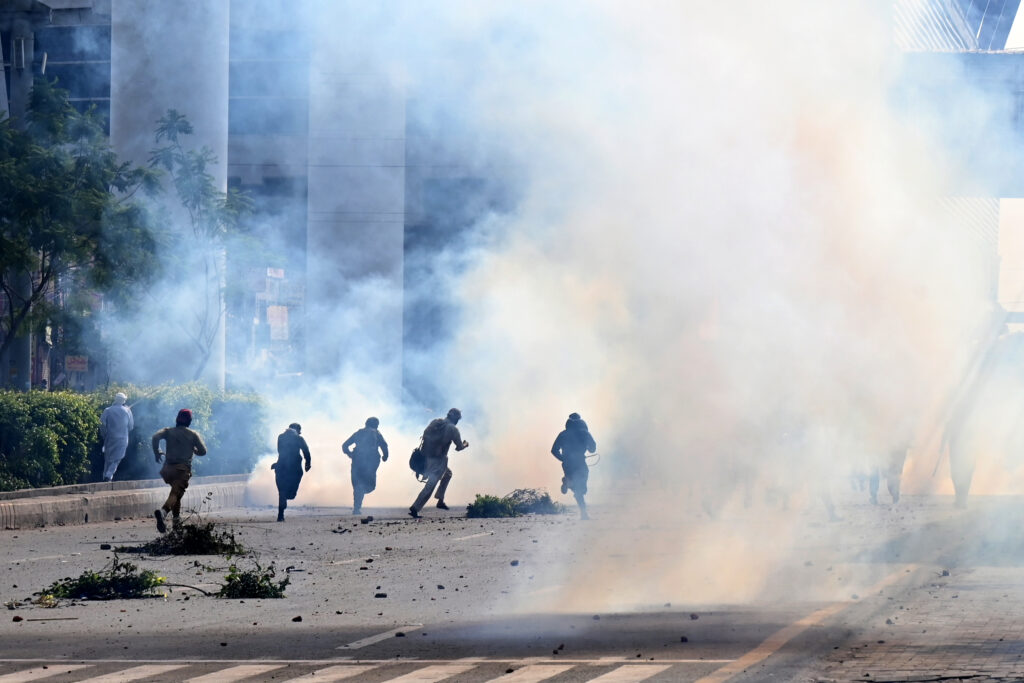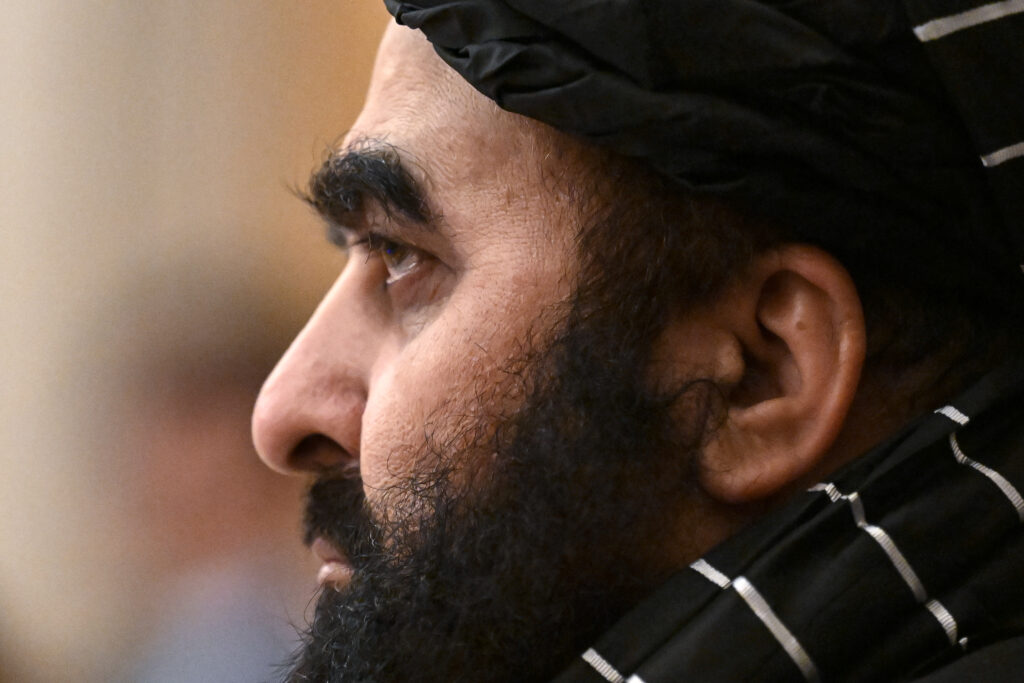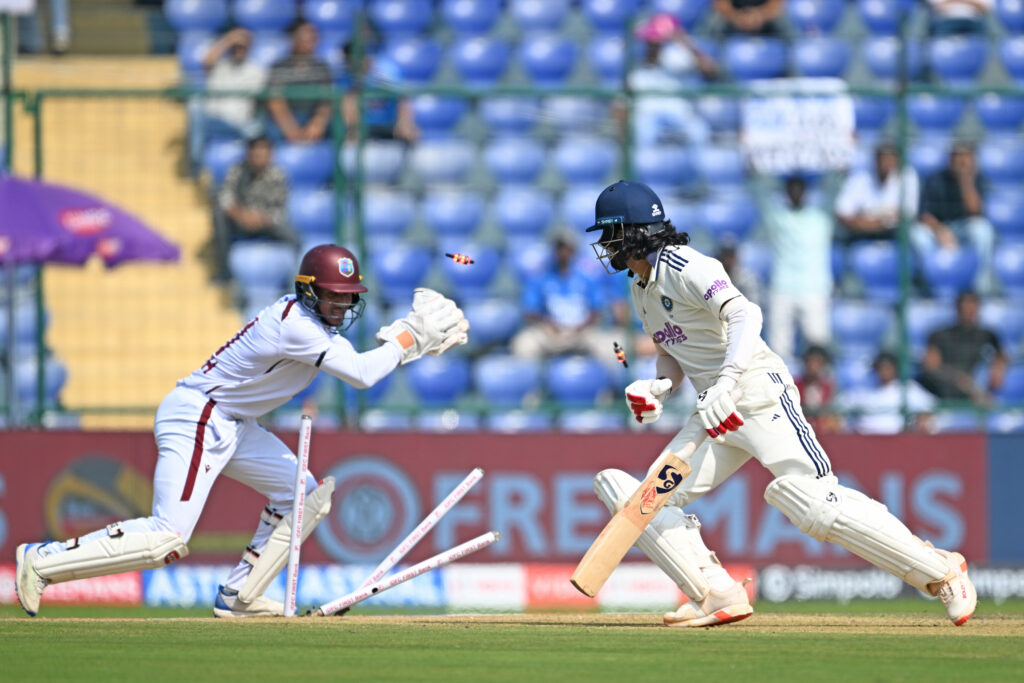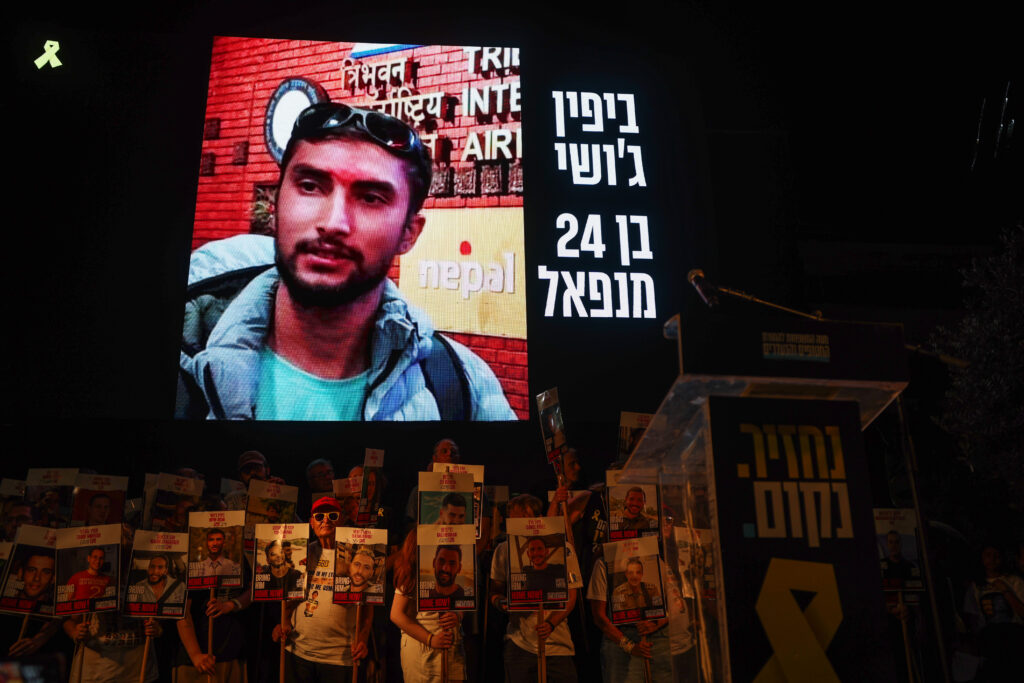Pakistan Islamists march towards capital after violent anti-Israel protests
Several thousand members of a hard-right Pakistan Islamist party began marching towards the capital on Saturday, after violent clashes with police during anti-Israel protests in the eastern city of Lahore.Tehreek-e-Labbaik Pakistan (TLP) began its protests in Lahore on Thursday and announced plans to march to the US embassy in Islamabad to voice its opposition to the US-brokered ceasefire between Israel and Hamas after two years of war in Gaza.The demonstrations turned violent on Friday, with police launching baton charges and firing tear gas at protesters who had pelted them with rocks, AFP journalists saw.Traffic was disrupted in Lahore and in Islamabad, about 370 kilometres (230 miles) to the north, with authorities also suspending mobile internet connections and closing major roads.Shipping containers were being placed as barriers across major roads in the capital in anticipation of the arrival of the protesters.As many as 50 police officers were injured in Friday’s clashes, a senior police official told AFP, while TLP claims that some of its members had been killed could not be verified independently.The TLP said the protests had originally been organised to oppose the Gaza ceasefire deal between Israel and Hamas, which Pakistan backed, but was now intended to express solidarity with Palestinians.”We have no demands, apart from showing solidarity with the people of Gaza,” senior TLP member Allama Muhammad Irfan told AFP as the protesters set off for Islamabad.”We have no idea when we will reach Islamabad, but the government is being brutal with us. We are not negotiating with the government at all,” Irfan said.Deputy Interior Minister Tallal Chaudry vowed on Thursday not to let the protesters enter Islamabad.”There is no room for any radical activity in Islamabad,” he told reporters.”Why is an agreement that is acceptable to Hamas and Palestine not acceptable to you?”.Israel declared a ceasefire and began pulling back its troops at around noon on Friday, as tens of thousands of Palestinians began walking back towards their devastated homes.Prime Minister Shehbaz Sharif hailed the deal on Thursday as a “historic opportunity to secure lasting peace”.”We will continue to work with partners, friends and the leaders of brotherly nations to ensure that peace, security and dignity for the Palestinian people are established,” he said.The TLP has been behind some of Pakistan’s most violent protests, and frequently calls on the government to expel Western ambassadors.Pakistan has no formal diplomatic relations with Israel.








